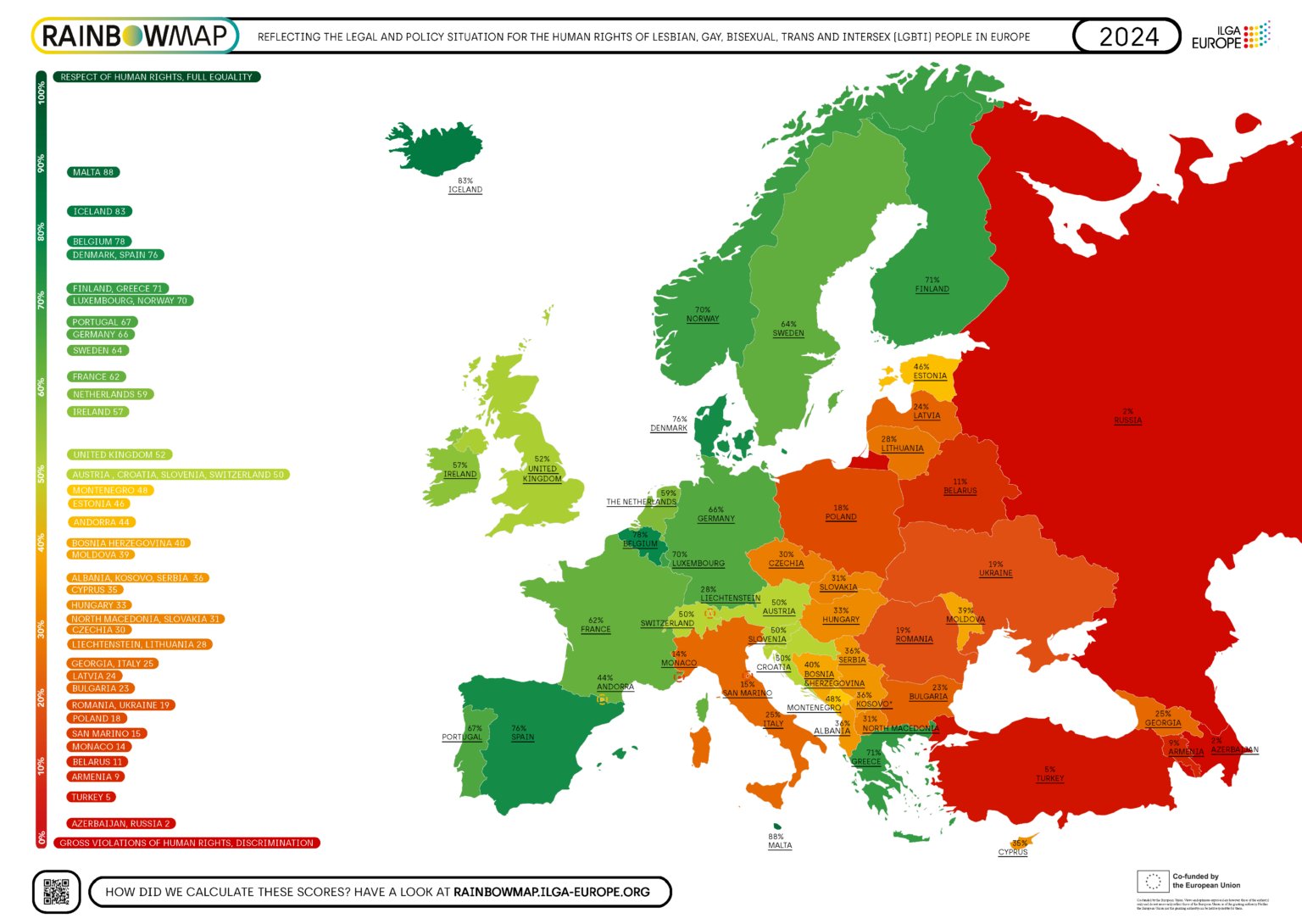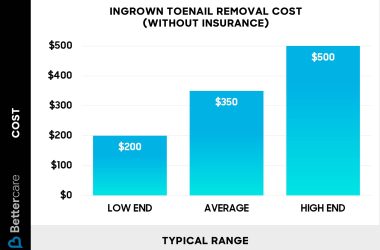Europe, a continent rich in diversity and history, beckons travelers with its unique charm. How far is Europe? Well, the vast landscapes, from the rugged coastlines of Ireland to the picturesque villages of Italy, span approximately 3.93 million square miles. Embark on a journey through its vibrant cities, ancient ruins, and breathtaking scenery. Discover the wonders that await you in this enchanting region, where every corner holds a new adventure. Pack your bags and get ready to explore all that Europe has to offer.
How Far is Europe?
Welcome to our exploration of the vast continent of Europe! Have you ever wondered how far it is from one end of Europe to the other? In this article, we’ll delve into the distances across Europe, learning about its size and the different countries that make up this diverse and culturally rich region. Join us on this journey to discover just how far Europe stretches!
The Size and Boundaries of Europe
Before we can determine how far Europe is, let’s first understand the size and boundaries of this continent. Europe is the sixth largest continent in the world, covering an area of about 3.93 million square miles. It is bordered by the Arctic Ocean to the north, the Atlantic Ocean to the west, the Mediterranean Sea to the south, and Asia to the east. Europe is made up of 44 countries, each with its own unique history, culture, and traditions.
Measuring the Distance Across Europe
Measuring the distance from one end of Europe to the other can be a challenging task due to its irregular shape and vast territory. The distance across Europe can vary depending on the specific points you choose as the starting and ending locations. However, one common way to measure the distance is to calculate the longitudinal extent of the continent.
Longitudinal Extent of Europe
The longitudinal extent of Europe is roughly 3,800 miles from its westernmost point in Portugal to its easternmost point in Russia. This distance gives us a sense of the span of Europe from the Atlantic coast to the Ural Mountains, which form the natural boundary between Europe and Asia.
Latitude and Distance in Europe
When considering the distance from north to south in Europe, the continent spans approximately 2,000 miles from its northernmost point in Norway to its southernmost point in Greece. This north-south distance showcases the diversity of climates and landscapes found across Europe, from the icy fjords of Scandinavia to the sunny beaches of the Mediterranean.
Exploring the Diverse Landscapes of Europe
As we think about how far Europe extends, it’s essential to appreciate the diverse landscapes that make up this continent. From the snow-capped Alps in Switzerland to the rolling hills of Tuscany in Italy, Europe boasts a wide range of natural beauty and geographical features.
Mountains and Plateaus
Europe is home to several major mountain ranges, including the Alps, Pyrenees, Carpathians, and Scandinavian Mountains. These mountain ranges not only shape the landscape of Europe but also influence the climate and vegetation found in different regions. Plateaus, such as the Iberian Plateau in Spain and the Central Russian Upland, add to the variety of landscapes across Europe.
Rivers and Lakes
Europe is crisscrossed by numerous rivers, with the Volga in Russia being the longest river on the continent. Other major rivers include the Danube, Rhine, and Thames. Europe is also dotted with stunning lakes, such as Lake Geneva, Lake Como, and Lake Balaton, providing habitats for diverse flora and fauna.
The Cultural Tapestry of Europe
One of the most fascinating aspects of Europe is its rich cultural heritage, shaped by centuries of history and traditions. The diverse cultures and languages that exist within Europe contribute to its unique identity and charm.
Historical Landmarks
Europe is home to countless historical landmarks that showcase its rich past, from the ancient ruins of Rome to the medieval castles of Scotland. Landmarks such as the Eiffel Tower in Paris, the Acropolis in Athens, and the Colosseum in Rome draw millions of visitors each year, eager to learn about Europe’s history and marvel at its architectural wonders.
Art, Music, and Cuisine
European art, music, and cuisine have had a profound influence on global culture. From the Renaissance masterpieces of Leonardo da Vinci and Michelangelo to the classical compositions of Mozart and Beethoven, Europe has been a cradle of creativity and innovation. The diverse cuisines of Europe, from French pastries to Italian pasta, reflect the unique flavors and traditions of each region.
So, how far is Europe? The answer is not just a matter of distance but also a journey through landscapes, cultures, and histories that span this diverse continent. From the Atlantic shores of Portugal to the Ural Mountains of Russia, Europe offers a tapestry of experiences waiting to be explored. Whether you’re drawn to the majestic mountains, historic landmarks, or vibrant cities, Europe has something to captivate every traveler. So pack your bags and embark on your own adventure to discover the beauty and diversity that make Europe truly unique!
Denmark SOLVED the Immigration Crisis – Will Europe Copy?
Frequently Asked Questions
How far is Europe from the United States?
Europe is approximately 4,500 miles away from the East coast of the United States and about 5,500 miles from the West coast.
What is the estimated flight duration from the United States to Europe?
The flight duration from the United States to Europe varies depending on the specific departure and arrival cities, but on average, it takes around 7 to 9 hours for a direct flight.
How long does it take to travel to Europe by sea?
Traveling to Europe by sea can take significantly longer than by air. A transatlantic cruise from the United States to Europe can take anywhere from 6 to 12 days depending on the route and stops along the way.
Final Thoughts
Traveling around Europe offers a variety of distances to explore. From the northernmost point in Norway to the southernmost point in Spain, Europe spans over 3,800 kilometers. Distances between major cities are relatively short, making it easy to hop from one country to another. Whether you’re road tripping through the scenic countryside or taking the high-speed trains, the question of ‘how far is Europe’ is best answered by experiencing the diverse cultures and landscapes firsthand. Embark on your European adventure and see for yourself the beauty and charm that awaits.












